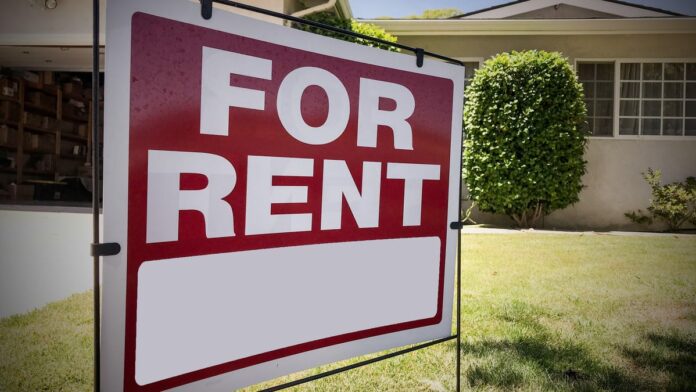Median rents for starter homes are continuing to drop, making renting an increasingly attractive option for potential first-time home buyers across major U.S. cities.
In the country’s 50 largest metropolitan areas, including Austin, Seattle and Phoenix, it has become even cheaper to rent a property, from a studio to a two-bedroom home, than to buy one outright, according to a new report by Realtor.com published Tuesday.
The median asking rent for starter homes in these metros was $1,708 per month, a $4 drop from January and down $50 from an August 2022 peak, marking the seventh consecutive month of declining year-over-year prices. Given these figures, the cost of renting a starter home was 60% lower than buying in February, the real estate listing site found.
The prices also represent the widening lead of renting as compared to buying in today’s housing market. In February 2023, the average monthly cost of buying a starter home in the top 50 metros was $865 higher than renting, meaning the gap between renting and buying in the largest metro areas has grown $162 in just 12 months.
An ongoing shift towards renting
Last year, only 45 metro areas leaned in favor of renting, meaning it was cheaper to rent instead of buy. In the last 12 months, however, five cities flipped to favor renters: Memphis, Tennessee, Birmingham, Alabama, Pittsburgh, Pennsylvania, St. Louis, Missouri and Baltimore, Maryland. Of these, all but Pittsburgh saw a high share of investors scooping up homes, which may have driven up home prices and driven prospective buyers to rent, the report speculated.
This comes as the housing market continues to become increasingly unattractive to potential homebuyers — and shows few signs of moderating. Mortgage rates remain high as the Federal Reserve continues to fight inflation with elevated interest rates. Mortgage rates ticked upwards again in February, averaging 6.8% for the month, according to Freddie Mac’s Primary Mortgage Market Survey released last week.
Read more: Skyrocketing rents show the limit of the Fed’s power
During the week of March 20, the average rate on a 30-year fixed mortgage rose to 7.07% after the Federal Open Market Committee held interest rates at their 23-year high of 5.25% to 5.5% last week — a sign that the U.S. central bank’s fight against inflation may not be slowing down and putting a damper on hopes that the Fed would begin to lower interest rates by mid-year. Annual inflation rose a slightly-higher-than-expected 3.2% in February, with shelter and gasoline prices accounting for the majority of the growth.
“The Fed is not in a hurry to start cutting interest rates as the progress toward 2 percent inflation has encountered some turbulence,” said Greg McBride, chief financial analyst at consumer financial services firm Bankrate.


